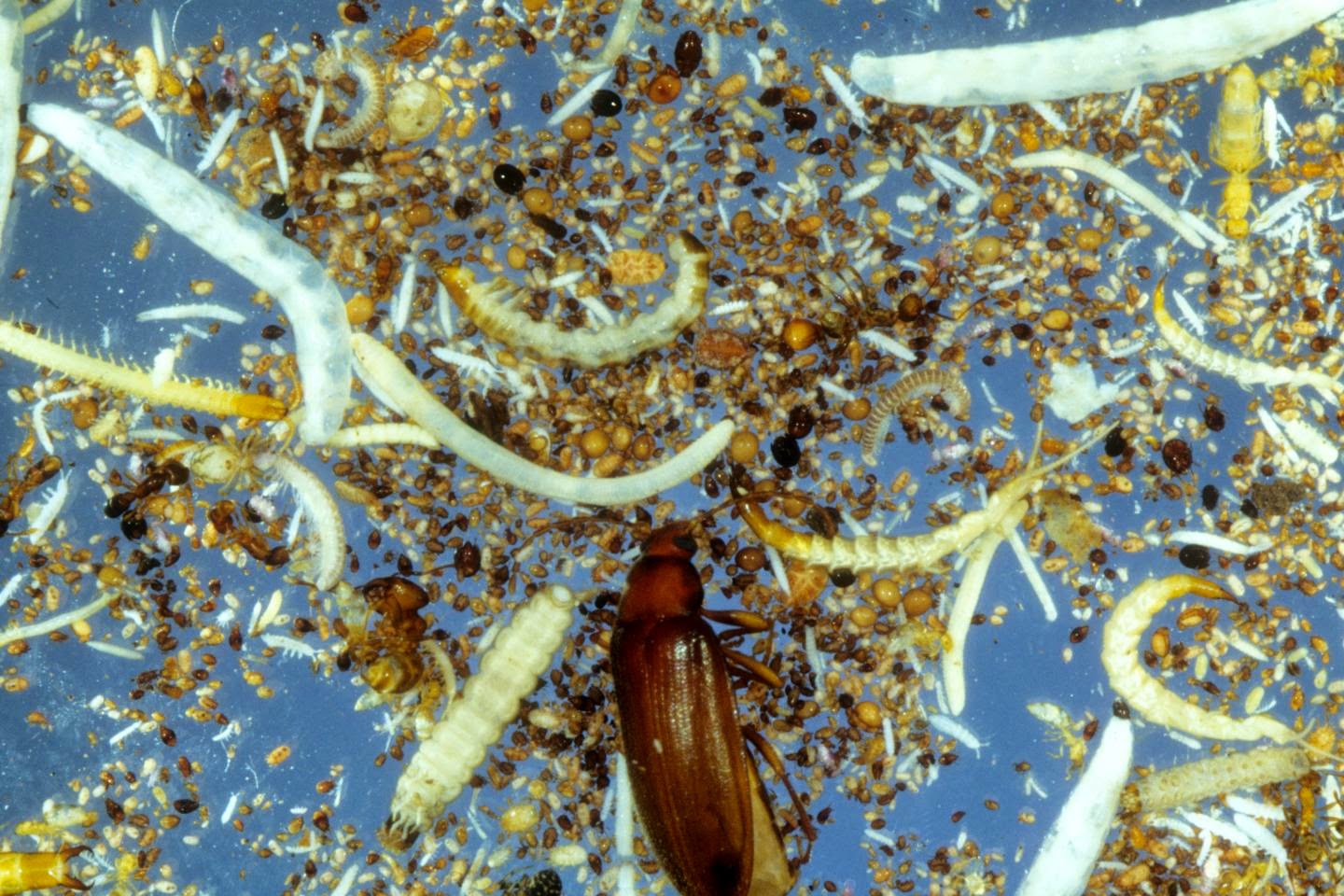
A new study has pulled together research into the most diverse place on earth to demonstrate how the organisms below-ground could hold the key to understanding how the worlds ecosystems function and how they are responding to climate change.
Published in Nature, the paper by Professor Richard Bardgett from The University of Manchester and Professor Wim van der Putten of the Netherlands Institute of Ecology, brings together new knowledge on this previously neglected area. The paper not only highlights the sheer diversity of life that lives below-ground, but also how rapid responses of soil organisms to climate change could have far reaching impacts on future ecosystems. The paper also explores how the below-ground world can be utilised for sustainable land management.
Professor Bardgett explains: “The soil beneath our feet arguably represents the most diverse place on Earth. Soil communities are extremely complex with literally millions of species and billions of individual organisms within a single grassland or forest, ranging from microscopic bacteria and fungi through to larger organisms such as earthworms, ants and moles. Despite this plethora of life the underground world had been largely neglected by research, it certainly used to be a case of out of sight out of mind, although over the last decade we have seen a significant increase in work in this area.”
The increase in research on below-ground organisms has helped to explain how they interact with each other and crucially how they influence the above-ground flora and fauna.
Professor van der Putten says: “For example, an increasing number of studies show that above-ground pest control is influenced by organisms in the soil. This supports the view that a healthy crop requires healthy soil.”
Professor Bardgett says there have been some other fascinating results: “Recent soil biodiversity research has revealed that below-ground communities not only play a major role in shaping plant biodiversity and the way that ecosystems function, but it can also determine how they respond to environmental change.”
He continues: “One of the key areas for future research will be to integrate what has been learnt about soil diversity into decisions about sustainable land management. There is an urgent need for new approaches to the maintenance and enhancement of soil fertility for food, feed and biomass production, the prevention of human disease and tackling climate change. As we highlight in this paper, a new age of research is needed to meet these scientific challenges and to integrate such understanding into future land management and climate change mitigation strategies.”
With the publication of this paper Professor Bardgett is optimistic for the future: “Soil biodiversity research is now entering a new era; awareness is growing among scientists and policy makers of the importance of soil biodiversity for the supply of ecosystem goods and services to human society. New technologies are allowing us to study underground ecosystems in situ and a new generation of tools are available to properly investigate the biology of soil and its ecological and evolutionary role.”
Note : The above story is based on materials provided by University of Manchester.










